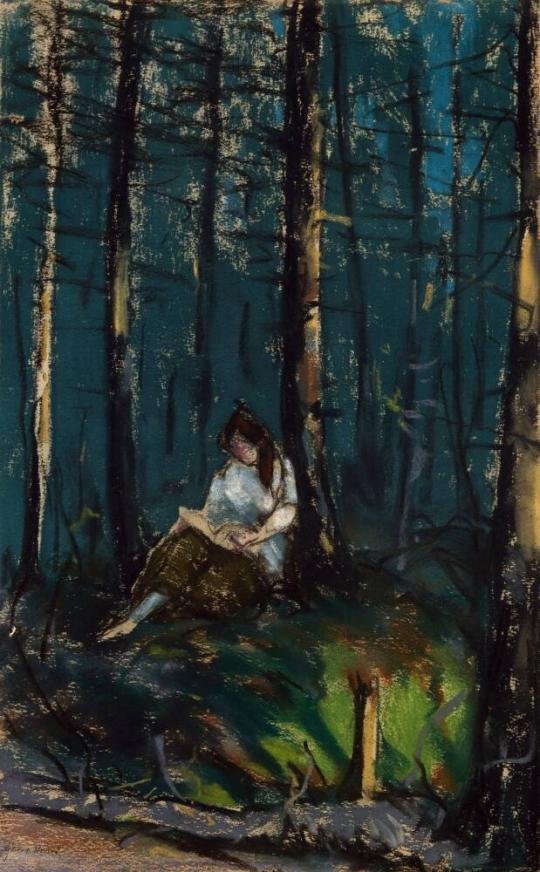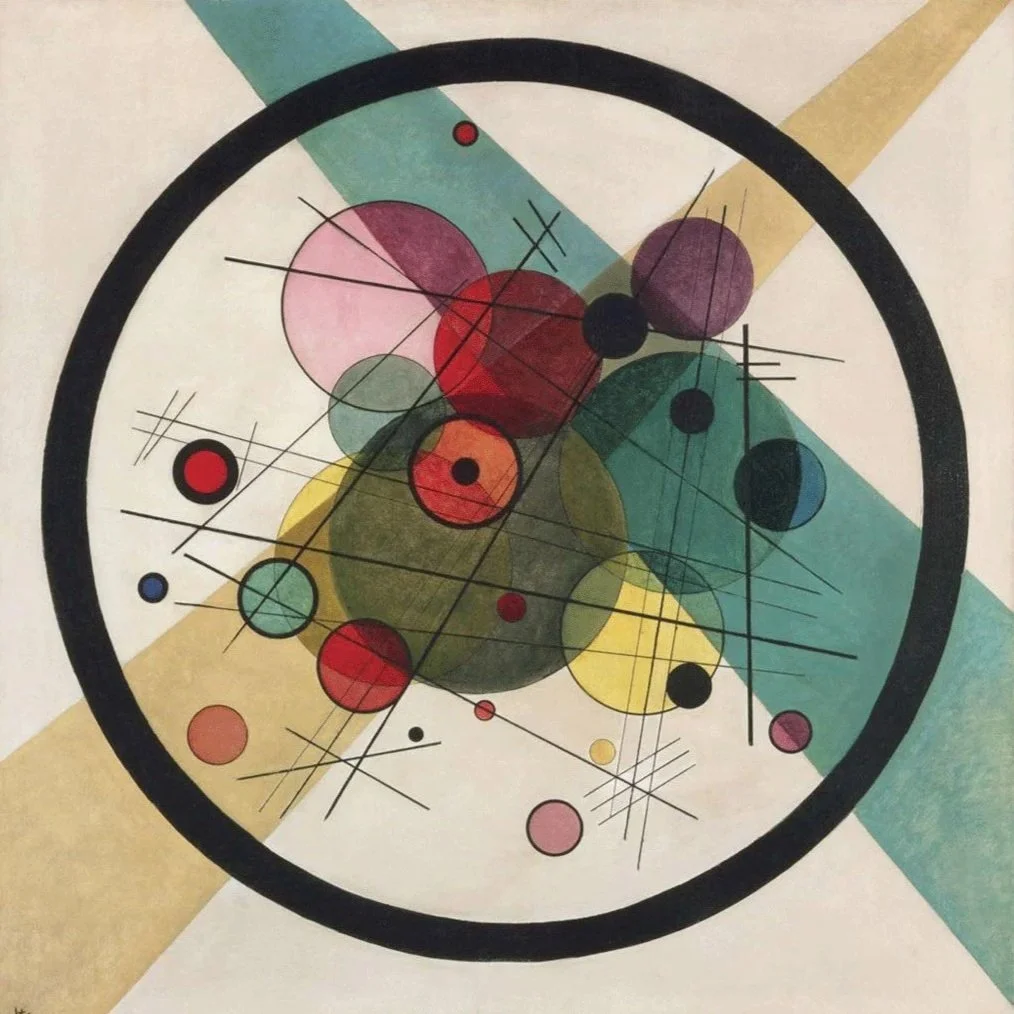Journal Articles
Heterogeneity and Historicity: On What Makes Art Contemporary (Forthcoming)
Estetika: The European Journal of Aesthetics
-
Contemporary art is a category that can admit art made in any medium, form, genre, and style. However, this unprecedented heterogeneity can make it difficult to understand what makes contemporary art distinct from other kinds of art. In this article, I aim to provide an account of what makes art contemporary. I develop my position by focussing on philosophy of contemporary art emerging from the so-called analytic tradition. I argue that though these philosophers have reckoned with many of the puzzles posed by contemporary art’s heterogeneity, they fail to provide compelling theories of what makes art contemporary. In response, I propose that the best way to understand what makes an artwork contemporary is by understanding how it attempts to grapple with the issues of its own historical condition of ‘contemporaneity.’
Empowering Young Voices through Performance Poetry (Forthcoming)
(co-authored with Andrew Cooper and Karen Simecek)
The Journal of Philosophy of Education
-
In this paper we examine the potential power of writing and performing poetry to enable the participation of young people from marginalised backgrounds to participate in political processes through the experience of having their voice acknowledged. Our method is to combine philosophical analysis with the design and implementation of a workshop series on writing and performing poetry with a small group of marginalised young people from Coventry. After sharing the results of the study, we then reflect on two poems written by young people who performed their work at a celebration event at the Belgrade Theatre in Coventry in September 2022. From both philosophical and empirical grounds, we argue that writing and performing poetry can play an important role in political education, for it opens space for what we call ‘the acknowledgment of voice’.
Co-Producing Art’s Cognitive Value (2025)
The British Journal of Aesthetics
-
After viewing a painting, reading a novel, or seeing a film, audiences often feel that they improve their cognitive standing on the world beyond the canvas, page, or screen. To learn from art in this way, I argue audiences must employ high degrees of epistemic autonomy and creativity, engaging in a process I call ‘insight through art.’ Some have worried that insight through art uses audience achievements to explain an artwork’s cognitive an artistic value, thereby failing to properly appreciate the cognitive and artistic achievements of artists. I move against this worry by arguing that in order to learn via insight through art audiences must collaborate with artists, sharing the labour and credit for the cognitive achievements they co-produce. I claim this co-productive outlook reveals that our appreciation of art’s cognitive and artistic value involves far more audience participation than has hitherto been realised.
Artistic Exceptionalism and the Risks of Activist Art (2023)
The Journal of Aesthetics and Art Criticism
-
Activist artists often face a difficult question: is striving to change the world undermined when pursued through difficult and experimental artistic means? Looking closely at Adrian Piper's Four Intruders plus Alarm Systems (1980), I consider why this is an important concern for activist art, and assess three different responses in relation to Piper’s work. What I call the conciliatory stance recommends that when activist artists encounter misunderstanding, they should downplay their experimental artistry in favor of fitting their work to their audience's appreciative capacities. What I call the steadfast stance recommends that activist artists have reason to use their privilege of artistic exceptionalism to challenge their audience's expectations, even if this leads to misunderstanding. I argue that a middle position that I call liberal conciliation best balances the demands for actual change placed on activism and the experimental means that artists bring to activism.
Book Reviews
Review of Jukka Mikkonen’s Philosophy, Literature, and Understanding: On Reading and Cognition (2022)
The British Journal of Aesthetics
In Progress
Please email for drafts
Social Aesthetic Cognitivism
-
Within the philosophy of art, aesthetic cognitivists aim to understand how artworks can improve our cognitive standing and how this affects our grasp of their artistic value. Social epistemologists have argued that we often improve our cognitive standing by depending upon the cognitive agency of others. In this article, I demonstrate how aesthetic cognitivists can integrate social epistemic and zetetic dependency into their accounts of art’s cognitive and artistic value. I argue that focusing on dependency allows us to better understand how inquiry in art is a collective endeavour pursued by many different parties, from the creators of art to its audiences to those who mediate between artists and appreciators. I conclude by assessing the prospects for a normative social epistemology of art.
Aesthetics and the Unfolding of History
-
When faced with sudden public tragedies, wars, or pandemics we often feel like we are suddenly ‘living through history.’ In this paper, I attempt to understand what might meant when we issue such a statement, and how aesthetic artifacts are often central to helping us express these abrupt shift in experience. I claim that we experience the present as history when we become aware of the ways our intersecting interpretations of the past and future shape what we take to be meaningful in the present. Looking at philosophical accounts of memorial art, I argue that these help us to understand how aesthetic objects play an important role in helping us to record and share this change in existential outlook.
The Nostalgic, the Progressive, and the Urgent: Aesthetic Concepts and Historicity
-
When making aesthetic judgements, we often describe the objects of our judgements using terms like ‘nostalgic’, ‘fashionable’, ‘unfashionable’, ‘anachronistic’, ‘retro’, ‘vintage’, ‘futuristic’, ‘progressive’, ‘traditional’, ‘urgent’, ‘timely’, ‘topical’, and ‘timeless.’ I argue that these terms constitute a distinct class of aesthetic concepts. When we use these terms, we do more than just express the sensory and affective impact of an artifact. We also issue a judgement on the particular interpretation of the relationship between past, present, and future that we take the artifact to express: what I call its ‘historicity.’ In some cases, I claim we also reach for these terms to express a comparison between the historicity the artifact expresses and our own sense of our place in history. When we enter into debates with others about whether or not an artifact is fashionable, nostalgic, or timeless, and whether it should be praised or criticised for being so, I claim that we are engaging in an aesthetic discourse with a hitherto overlooked existential urgency. We are doing nothing less than trying to take a stand on the meaningfulness of history.
Philosophy for the Arts?
(co-authored with Hans Maes)
-
Philosophers regularly study philosophical issues raised by the arts. They also sometimes propose that artworks can do philosophy. However, philosophers have not questioned how exactly philosophy might directly help artists create art. We call this ‘philosophy for the arts’, and in this article we aim to give an outline of what this intellectual and practical project might look like, how it might relate to other kinds of philosophical engagement with art, and how it can reveal tacit assumptions guiding the standard methods of philosophical engagement with art.
What is the Point of the Test of Time?
-
Some aesthetic objects are valued by multiple generations. But many others, though they may be loved at their point of origin, don’t enjoy such longstanding admiration. The former pass ‘the test of time’, the latter do not. If we want to live a rich aesthetic life, it is sometimes thought that one sure path to riches is searching out the things that have passed the test of time. In this article, I will argue that following this directive will likely lead to an impoverished aesthetic life. The test of time recommends that we should be highly sceptical of the value of many of the aesthetic objects produced within our own lifetimes. However, I contend that if we lived our lives in this way, we would betray the close connection between aesthetic appreciation and the development of our own personalities and communities. More strongly, I also claim it limits our ability to understand the meaningfulness of our place in history. If applying the test of time leads to so many conflicts, then I claim it is hard to understand what role the test of time is meant to play in a thriving aesthetic life.
Art and the Aesthetics of Inquiring
-
Aesthetic cognitivists argue that there is a close relation between an artwork’s cognitive value and its aesthetic value. Typically, they achieve this by demonstrating how experiencing the aesthetic features of an artwork alters our understanding of a particular aspect of the world. In this article, I argue that, due to the collaborative nature of inquiry in the arts, artworks often prompt audiences to appreciate the aesthetic qualities of their own acts of inquiring. I provide an account of how one can aesthetically experience their own cognitive agency, and I demonstrate how clarifying this aspect of art appreciation can help us better grasp the value of artworks.
Understanding, Art, and the Activity of Philosophy
-
Many people think that art delivers us philosophical insights. In this article, I advance a novel way to articulate this idea. I propose that artists and audiences often seem to be interested in coming to better understand broad topics and subject matters. This requires them to see the connections between their commitments and to wield them to improve their epistemic standing. Philosophers call this holistic, active kind of epistemic achievement ‘objectual understanding.’ However, I argue that audiences can’t just acquire understanding from art; rather, art encourages them to understand the world for themselves. I argue that this gives us a new way to see how art can be philosophical. I claim that the epistemic goal of philosophy is not just to learn other people’s theories, but to get others to engage in the activity of reasoning for themselves to improve their objectual understanding of philosophical topics. Given art’s capacity to encourage active inquiry, we should assess its philosophical value not by its ability to convey theories to us, but rather its ability to get us to engage in the activity of philosophising.











